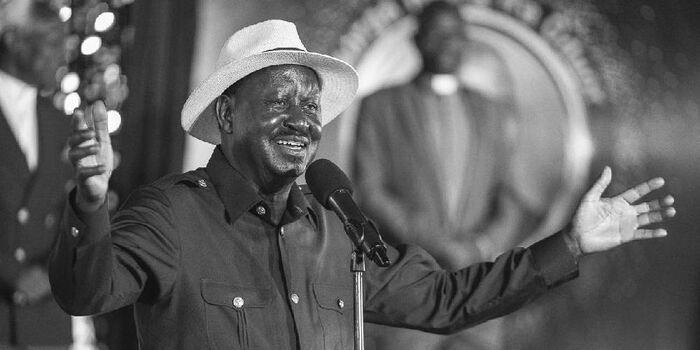The death of former Prime Minister Raila Odinga has upended Kenya’s political landscape, setting off a wave of realignments ahead of the 2027 General Election. For two decades, Raila and his ODM party were the cornerstone of opposition politics and coalition building. His passing now leaves a leadership vacuum that is reshaping regional power dynamics across Western, Kisii, Maa, Coast, and Nairobi regions.
Within ODM, unity is under strain as two rival camps clash over the party’s direction. One faction, aligned with the government, supports President William Ruto’s re-election bid. The other, led by Secretary General Edwin Sifuna, insists on honoring Raila’s “last instruction” for ODM to field its own presidential candidate in 2027. The split was evident during Raila’s emotional send-off in Bondo, signaling turbulent times ahead for the party.
President Ruto’s broad-based government, which benefited from Raila’s tacit support, now faces uncertainty. Analysts say the loss of Raila’s balancing influence could disrupt Ruto’s outreach to former adversaries.
In Western Kenya, Trans Nzoia Governor George Natembeya is emerging as a formidable force through his Tawe movement, challenging established figures like Musalia Mudavadi and Moses Wetang’ula. Natembeya’s fiery rhetoric against “failed ethnic kingpins” has resonated widely, positioning him as a potential regional kingpin.
As ODM grapples with internal strife and regional leaders reposition, Raila’s absence marks the beginning of a new, unpredictable chapter in Kenya’s political history.

